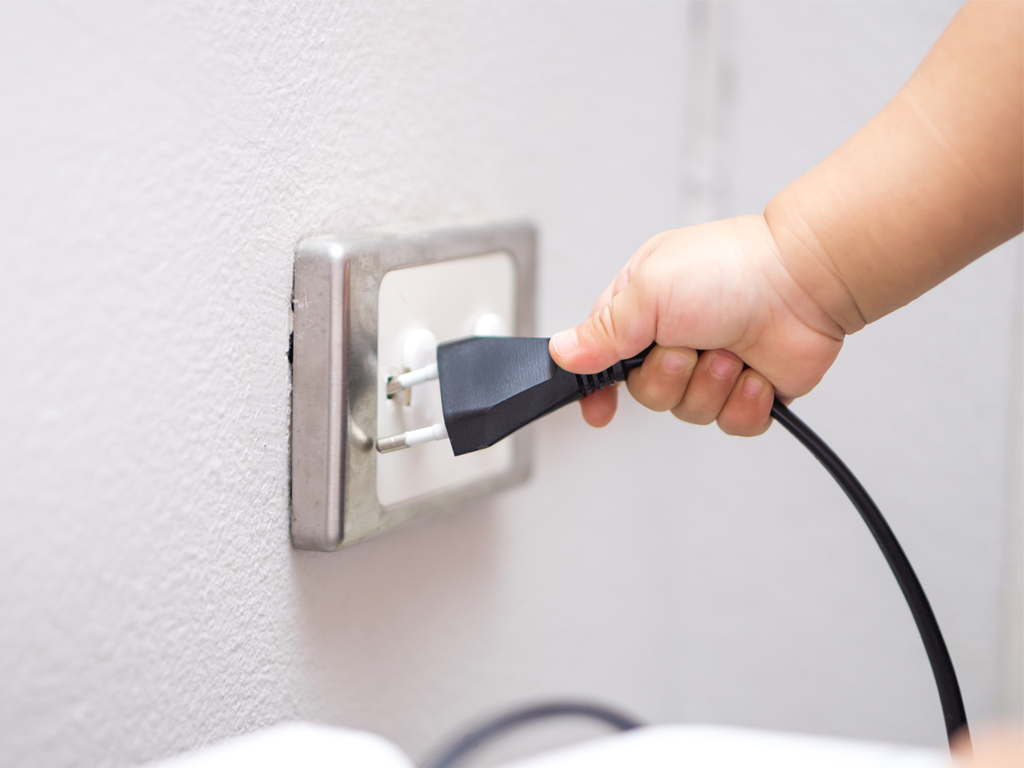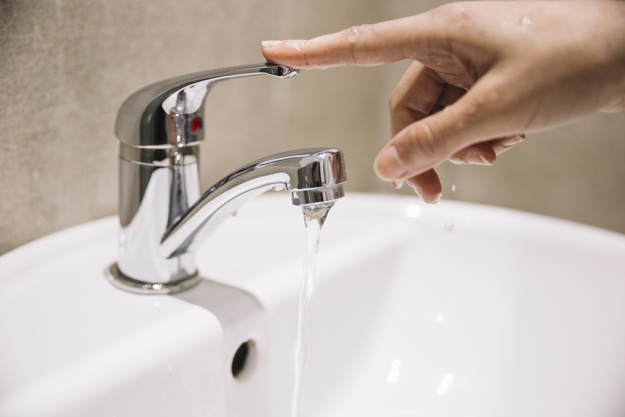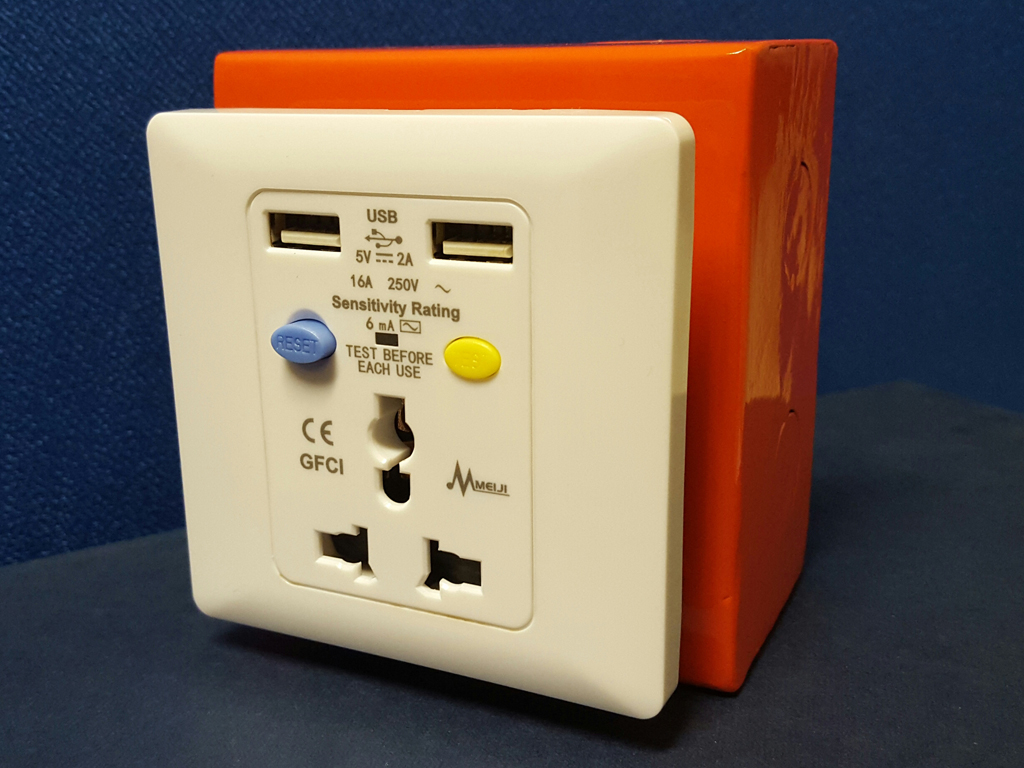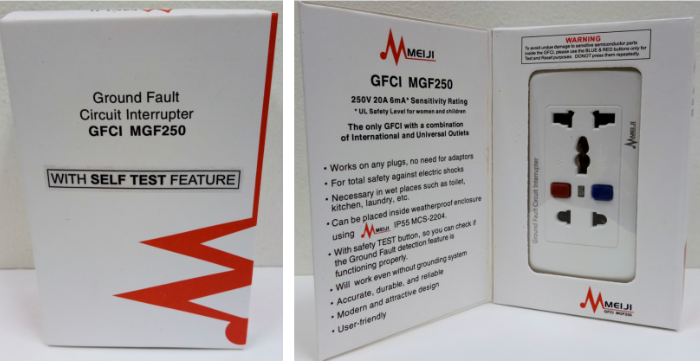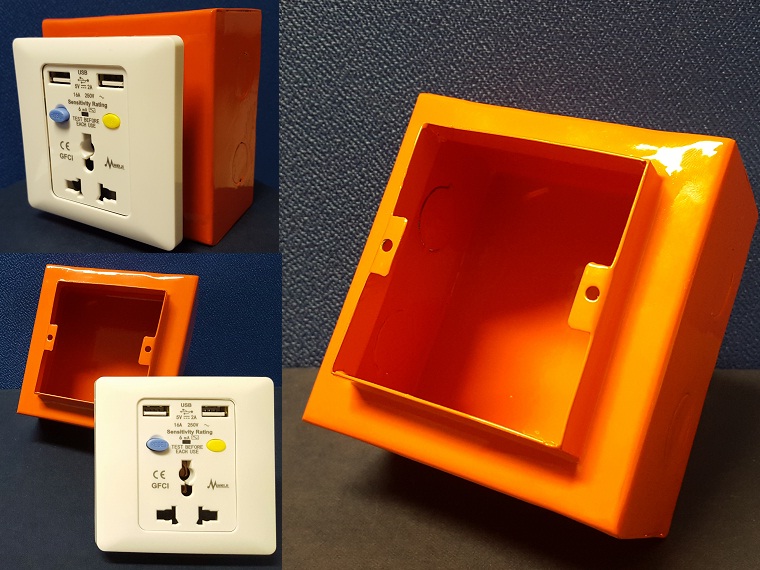What electrical safety tips should you teach your children?
- Do not let your kids play near electrical outlets
- Don’t let them use appliances alone
- Be wary of water
Your home is supposed to be a safe haven for you and your family. Unfortunately, there are still some risks that we cannot completely abolish, especially when you have little children. You can install many safety devices and have some safety rules in place but children can be pretty curious, which is why electrical suppliers in Metro Manila are always encouraging parents to teach their kids about the hazards of electricity.
UPS suppliers in Manila also back this up, providing customers with some safety tips on how parents could make their little ones understand that electricity is not something they can play with.
We listed down some lessons you can teach them below.
Playing near electrical outlets is a no-no
Most electrical hazards for kids happen in proximity to these outlets. Toddlers might stick their fingers into the outlets out of pure curiosity, only to be shocked with electricity.
Be sure to make it clear to them that outlets should not be considered as toys. For those who have toddlers, it will a bit of a challenge to make them understand. As a tip, never use them while they are with you because the chances of them mimicking you are high. For those who have older children, be sure to tell them these things:
- Keep your fingers away from the outlets.
- Never put your toys or any other object near the outlets.
- Keep liquids away from outlets.
Basically, teach them that the place near electrical outlets is off-limits. As a safety precaution, you can use plastic inserts to block outlets or make creative furniture arrangements to hide them from plain sight!
Don’t let them use appliances alone
Apart from the electrical outlets themselves, it’s the appliances that can be a cause for electrical hazards for children, particularly their wires and plugs. Teach your children to ask for your help when they have to plug in appliances for now, or you can teach them the right way of holding plugs and wires so that they can do it on their own!
Aside from that, you should also remind them to never play with electrical appliances. Although some appliances are full of safety features, there are some that will always have the risk of malfunctioning.
Below is a list of safety tips focusing on appliances, wires, and plugs:
- Never insert a metal object in an appliance like a toaster or a microwave.
- Know that every plug has a rubber part that serves as its handle.
- When removing a plug, always hold it by the rubber handle. Never yank a plug by its cord.
- Always keep cord neat and tidy. Organized wires will not only be a pleasing sight to see, but it’ll also make sure that nobody will trip on them or accidentally remove them from the socket.
- Don’t plug in too many gadgets on extension cords.
- Only clean an appliance once you’ve unplugged it
Be Wary of Water
Always remind your children that when they’re wet, in the presence of water, or any liquids, it’s best to stay away from outlets, plugs, and wires. Water is a good conductor of electricity so it’s highly suggested that you prevent everyone from going near an outlet when they’re wet.
Here are a few tips related to the hazards that water bring to outlets.
- Never use an appliance when you’re near a sink, bathtub, or any source of water.
- Keep electrical cords away from any source of water.
- Don’t touch electrical appliances when you are touching water.
- Avoid using gadgets near water.
Key Takeaway
Electrical hazards are only dangerous if you are unaware of how to handle electricity. By educating your kids about the things listed above, you saving their lives and ensuring that they remain safe and sound in their own home.
Aside from this, you can opt to use Meiji’s Classic Outlets. These outlets have tested safe; they also conform to the world safety standards—making sure that your house, your children, and your entire family are safe!

